
You’re tending to your plants at home or in the garden one day, and you suddenly notice white fuzzy stuff on some of the leaves. A few more days pass, and you see that it continues spreading. You realize that it won’t go away on its own. So what is that white stuff, and more importantly, how do you get rid of it?
First things first, you’re likely dealing with powdery mildew. This is a rather common plant disease and, unlike many other plant diseases, it can be effectively treated with home remedies, especially when caught early. Read on to know more about powdery mildew and learn how to eradicate this pesky plant disease.
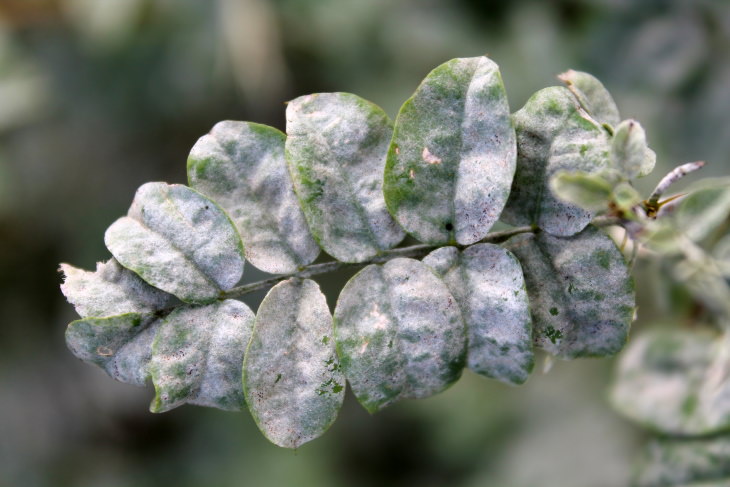
Powdery mildew is one of the most widespread plant diseases. It is an umbrella term for a range of fungal infections that affect both outdoor and indoor plants, with the fungus called Podosphaera xanthii being the most widespread cause of powdery mildew.
This disease is easy to identify: it appears as white fuzz, spots, or dust on the leaves, flowers, fruit, and sometimes stems of the plant. The longer you wait before treating the plant, the higher the risk of the mildew spreading to the entire plant.
The disease is caused by microscopic spores that can be carried to the plant from other plants through watering, the wind, or insect pollinators. The fungal spores that cause powdery mildew can live on the plant or the soil for weeks or months before they start damaging the plant. In their dormant stage, these spores are harmless.
However, when the right conditions arise, the fungus starts spreading and multiplying. High humidity, excessive shade, cool weather, and poor air circulation all create favorable conditions for powdery mildew to thrive. For this reason, powdery mildew is more widespread in late spring to early summer.
Powdery mildew can appear on any plant, but some species are more susceptible to the fungal disease than others. Some of such more vulnerable plants include:
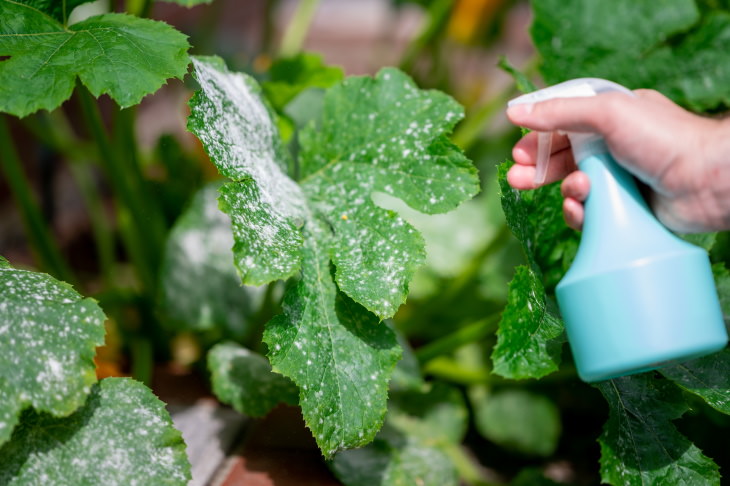
The earlier you catch this pesky fungus, the better. At these early stages, a quick weekly spray of a homemade antifungal solution for a few weeks in a row will be able to completely eradicate the powdery mildew. If your plant is more heavily affected by the fungus, you may need to prune some of the leaves or branches first, and only then proceed with the DIY antifungal treatment.
This antifungal treatment contains no harsh chemicals or pesticides, so you can easily use it on your indoor plants or edible plants like fruit trees, herbs, and vegetables.
Ingredients
1. Combine all the ingredients in a milk jug, shake well, and decant the antifungal solution into a clean spray bottle.
2. Apply the solution generously onto the affected plant. It’s best to do so early in the morning or in the evening, as indirect sunlight combined with this solution may cause the leaves to burn.
3. Repeat on a weekly basis as needed.
Since powdery mildew is very common, there is no 100%-effective way of preventing it. However, you can minimize the chance of getting it by:
We hope you found this article useful, happy planting!
Share these tips with fellow plant lovers

How to Choose the BEST Pots For Your Houseplants
Which ones should you choose for your houseplant? How do you know that it’s time to repot your houseplant? We answer all of your plant repotting questions here.
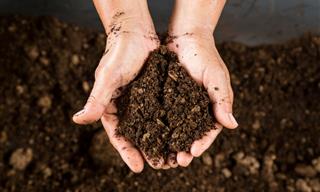
An Express Guide to Plant Fertilizers
There are 4 main types of plant fertilizers, but which one’s best for your garden?
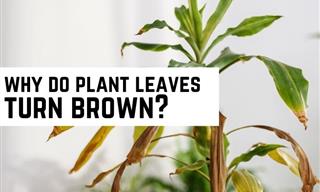
Why Are Your Indoor Plant’s Leaves Turning Brown?
Brown leaves is one of the most worrisome problems of indoor plant enthusiasts. Follow this guide to get to the bottom of the issue.

10 Foolproof Methods for Keeping Plants Alive on Vacation
So you’ve booked your flight, packed your bags, and you’re ready for adventures. But what about your indoor garden?
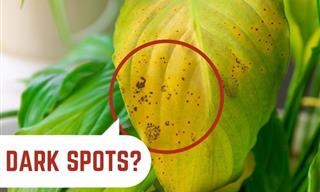
The BIGGEST Problems Houseplants Face in the Winter
Why are my houseplants dying in the winter? We review a variety of plant problems typical for the winter and get to the root causes of these problems.

Are Your Houseplants Leaking Water? This Is What It Means
Is it good if your indoor plants are emitting droplets of water? Every houseplant owner ought to know the answer to this one...
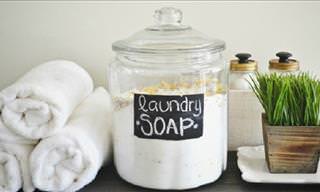
Save a Fortune With These Natural DIY Household Recipes
Keep your home chemical free and save money on household detergents. Here are three natural DIY recipes you've got to try.

Suits You, Sir! How to Dress Like a Real Gentleman
It might not seem hard, but wearing a suit well is not a skill most men are born with. Here's our guide to dressing like a real dapper gentleman.
 2:23
2:23
These Tips Will Make Your Grocery Shopping a Breeze!
Grocery shopping alone can be a stressful task. Learn the tricks of how to do your shopping with ease, even if you have kids around.

Baby Oil Can Do Things You Never Even Considered!
Baby oil is usually used to keep your baby's skin soft, but in the next article, you'll get ideas for six more effective and surprising ways to use it.

7 Proven Techniques for Testing & Fixing Christmas Lights
Test your holiday lights with these easy fixes.

Can One Determine Personality Traits Off Fingerprint Types?
Dermatoglyphics, the study of fingerprints, is so precise that someone's personality type can be determined simply by looking at their fingerprint patterns!

Alka Seltzer Makes a Surprisingly Helpful Cleaning Tool
Read on to find out how you can clean with this medicine cabinet staple.

The DO'S and DON'TS of Gardening During the Heat
As the temperatures soar, make sure you don’t commit these to your garden.
 13:00
13:00
Should You Choose or Avoid Copper Pans?
Copper is a great antibacterial metal. Why then don't we all cook in it? This video will help you decide.

8 Ways to Remove Sweat Stains from Clothes
To help you out, this article will cover what sweat is, how to prevent stains, and how to remove any existing ones.

10 Essential Sewing Tips You Cannot Do Without
Whether you are experienced at sewing, or a complete novice, here are 15 simple sewing tricks you won't be able to live without.

Banish Your Wrinkles With These Natural Face Masks
Keep your wrinkles at bay with these natural, easy to make face mask recipes.
 8:03
8:03
Christmas Tree Hacks: 9 Game-Changing Tips
Use these Christmas tree tips to make your holiday festivities easier.
 2:28
2:28
8 Super Handy Grocery Bag Tips You Have to Try
Whether you prefer paper or plastic, there are enough hacks here to really boost your bag usage. These tips will save you time, money and space. Perfect!
 0:50
0:50
The Secret to REALLY Cleaning Your Microwave in 3 Minutes
There is a simple trick to cleaning your microwave in just a couple of minutes, and all it requires is a bowl of water and two slices of lemon.
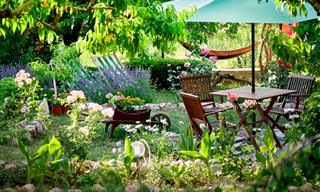
5 Natural Solutions to Keep Unwanted Insects Away
These illustrations will show you how to reduce your pest problems in your garden.

Easily Create These 8 Natural Sprays
Eight wonderful recipes to make eight natural sprays that can make your life easier and healthier.
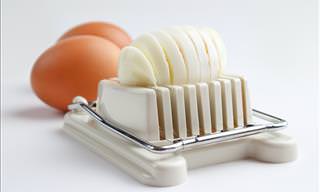 3:44
3:44
Got an Egg Slicer? Here's What You Can Use It For
Creative ways on what to do with your egg slicer. Impressive!

31 Genius Uses for Lemon That Are Worth Knowing
Did you know that lemons could help you clean, cultivate, and even give first aid? Discover 31 brilliant uses of lemon....

Don't Throw Out Old Makeup! Here's What You Can Do...
12 helpful uses you can put your expired or unsuitable makeup items
 5:42
5:42
How to Spot a Liar: A Visual Guide
This video will teach you a few things about telling a liar from an honest person - especially if they are politicians...

5 Sitting Positions and What They Say About You
This guide will help you understand the meaning behind five common sitting positions that you may encounter in your daily life.
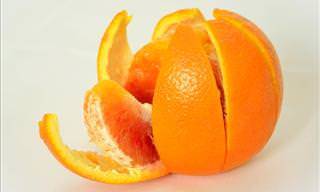
Orange Peels: Read Our Full Usage Guide!
I have at least 45 good reasons for you not to throw those orange peels away. They're really helpful and healthy in so many ways!

12 Foods We Bet You Didn't Know Could be Microwaved
Do you think that your microwave is only good for heating frozen dinners? If so, you’re sorely mistaken! Use the following microwave hacks to soften sugar, froth milk, whip up some French toast, and more!

16 Unique Uses For Coconut Oil Outside the Kitchen
There's more to coconut oil than its incredible health benefits. Here are 16 fantastic ways that it can be used outside the kitchen.

All About Women: 24 Facts About the Fairer Sex
These fascinating facts will probably surprise even our female readers. We gathered 24 facts that we best you've never heard about, and each of them will make you understand yourself and women a bit better.
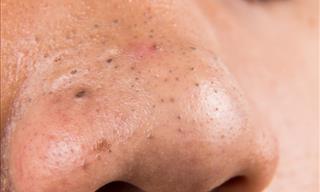
5 Natural DIY Remedies for Blackhead Removal
In this article, we'll teach you to get rid of blackheads using 5 easy and effective at-home methods

This Christmas, Make Some DIY Gifts for Our Loved Ones!
Make your loved ones feel extra special with these DIY Christmas gifts.

6 Stress-Relieving Cuddly Companions for Your Home
You must have these stress-relieving companions for your home.

Bacteria Time Bomb! 10 Household Items That Need Changing
You wouldn't believe the amount of harmful bacteria these common household items store, and what what a short lifespan they actually have!

Psst! Here Are Some Clothes' Tips Few Know About...
These tips will allow you to keep your clothes in as good a condition as new!

Start Managing Your Time Right With These 5 Techniques!
Even the most organized people find themselves with little time on their hands throughout the day, but with these techniques, you can get it all done!
 13:12
13:12
39 Smart Cleaning Tips You Just Have to Try
You can never know enough about cleaning. In This Video you can finds 39 great cleaning tips to make your life much simpler.

10 of the Fastest-Growing Vegetables
There is a variety of fast-growing vegetables, including legumes, leafy greens, and root vegetables. We feature 10 of the fastest-growing veggies in this article.

20 Cooking Tips Everyone Should Be Aware Of
These cooking tips will hopefully close a lot of little holes in your kitchen knowledge.

How to Make an Effective Cough Remedy Using an Orange!
Oranges are a great source of vitamin C that helps strengthen the immune system, but did you know there is a way to make it an effective cough medicine?

Genius Hotel and Packing Tricks You’ll Surely Appreciate
These invaluable tricks will help you get around 18 common traveling problems, particularly those that deal with hotels and luggage packing...

5 Different Christmas Plants and How to Care for Them
In this guide, you'll find some tips on how to keep it alive throughout the season, and how to maintain it for next year.
 2:51
2:51
I Lost My Double-Chin After I Learned This Great Tip..
Get rid of double chins and neck fat with this simple daily exercise.
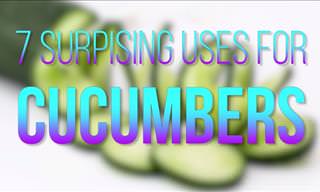
Cucumbers Are Incredibly Versatile: 7 Ways to Use Them
Cucumbers may be nutritious, but they are incredibly versatile too! Here's how you can use cucumbers outside of your salad.
 10:37
10:37
Senior Health Guide: Working Out With Weights
Every senior must watch this video.


